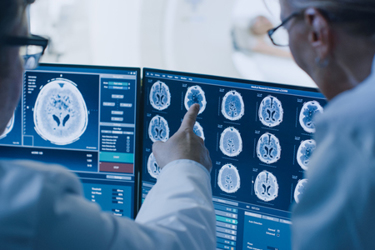CNS-Targeted Therapies Delivery Strategies And Sampling In Non-Rodent Preclinical Species
By Norbert Makori

Continuous improvement of delivery techniques and sampling methods in large animals used for preclinical studies is essential for the development of safe and effective therapies, including anti-sense oligonucleotides, gene, and cell therapies. Proper tissue sample collection, whether during in-life studies or at necropsy, requires a thorough understanding of each step to ensure quality and correct processing for analysis. This is particularly important in exploratory research and toxicology studies, which necessitate close collaboration between research scientists and toxicologists. Discovery phase research typically involves specialized delivery methods and fewer animals, whereas IND-enabling toxicology studies often shift to more standard administration routes.
To assess biodistribution, tissue analysis may require sample collection both during life and at necropsy. Advanced MRI-guided technologies in nonhuman primates enable precise delivery to targeted brain regions, while intrathecal dosing can deliver therapies to the cerebrospinal fluid to bypass the blood-brain barrier.
In this presentation, we explore specialized delivery methods and sampling techniques in nonhuman primates for gene and cell therapy studies, providing historical context and recent data on gene therapy. Key findings include the establishment of animal screening ranges for neutralizing antibodies (nAb) and dosage guidelines for immunosuppressive regimens before adeno-associated virus (AAV) administration. For example, 36% of animals screened for nAb against AAV8 were negative, and 61% of AAV9 screens were negative. Furthermore, pretreatment with 2 mg/kg dexamethasone 1-2 hours before AAV administration was found to be effective in mediating immune-related responses.
Get unlimited access to:
Enter your credentials below to log in. Not yet a member of Drug Discovery Online? Subscribe today.
